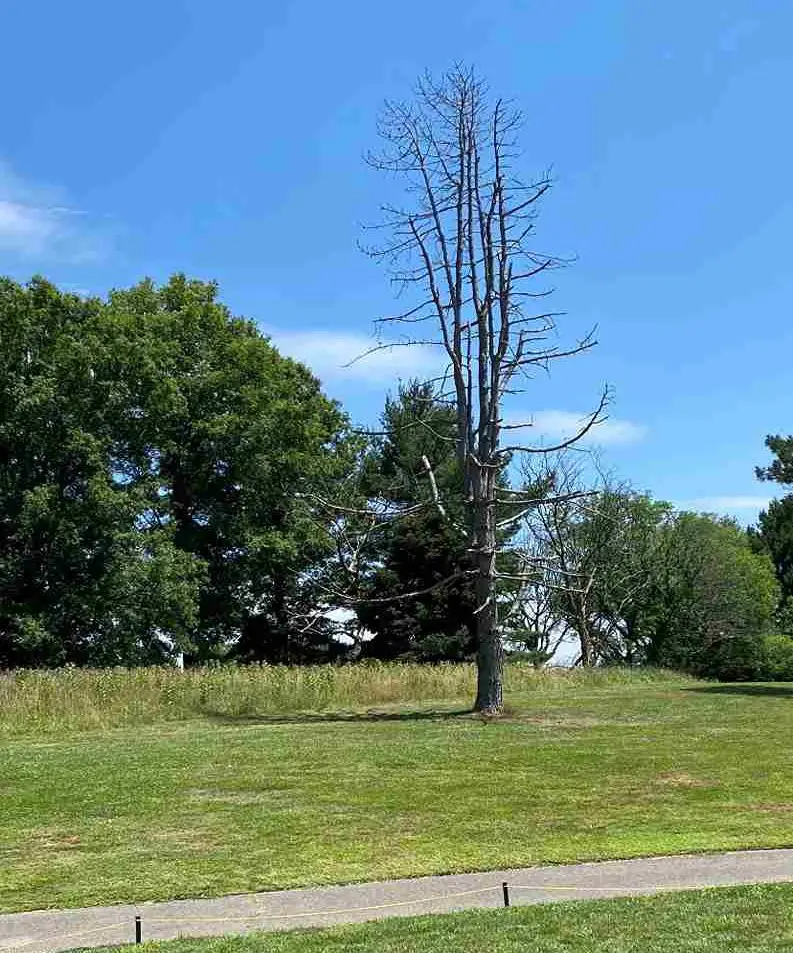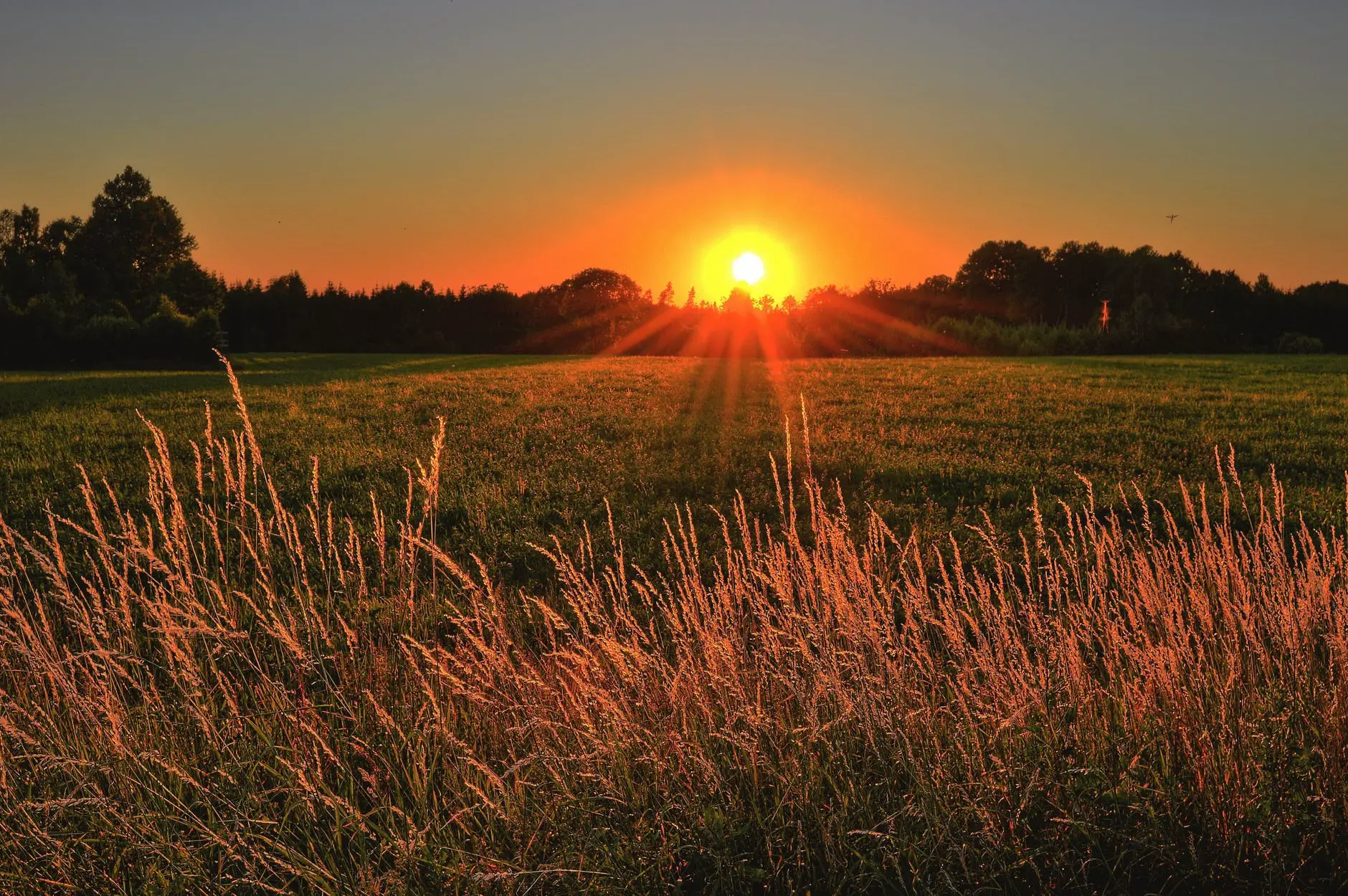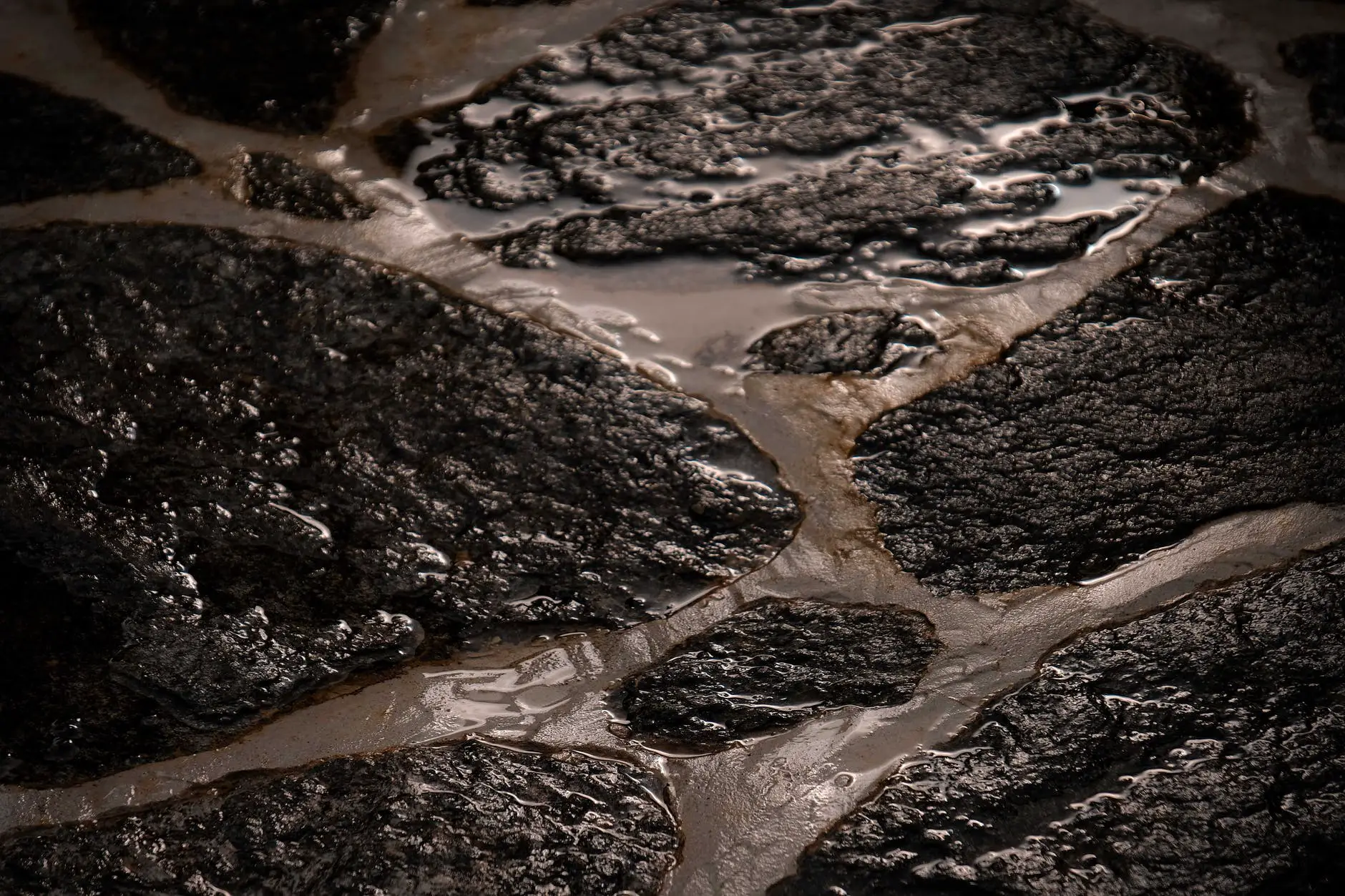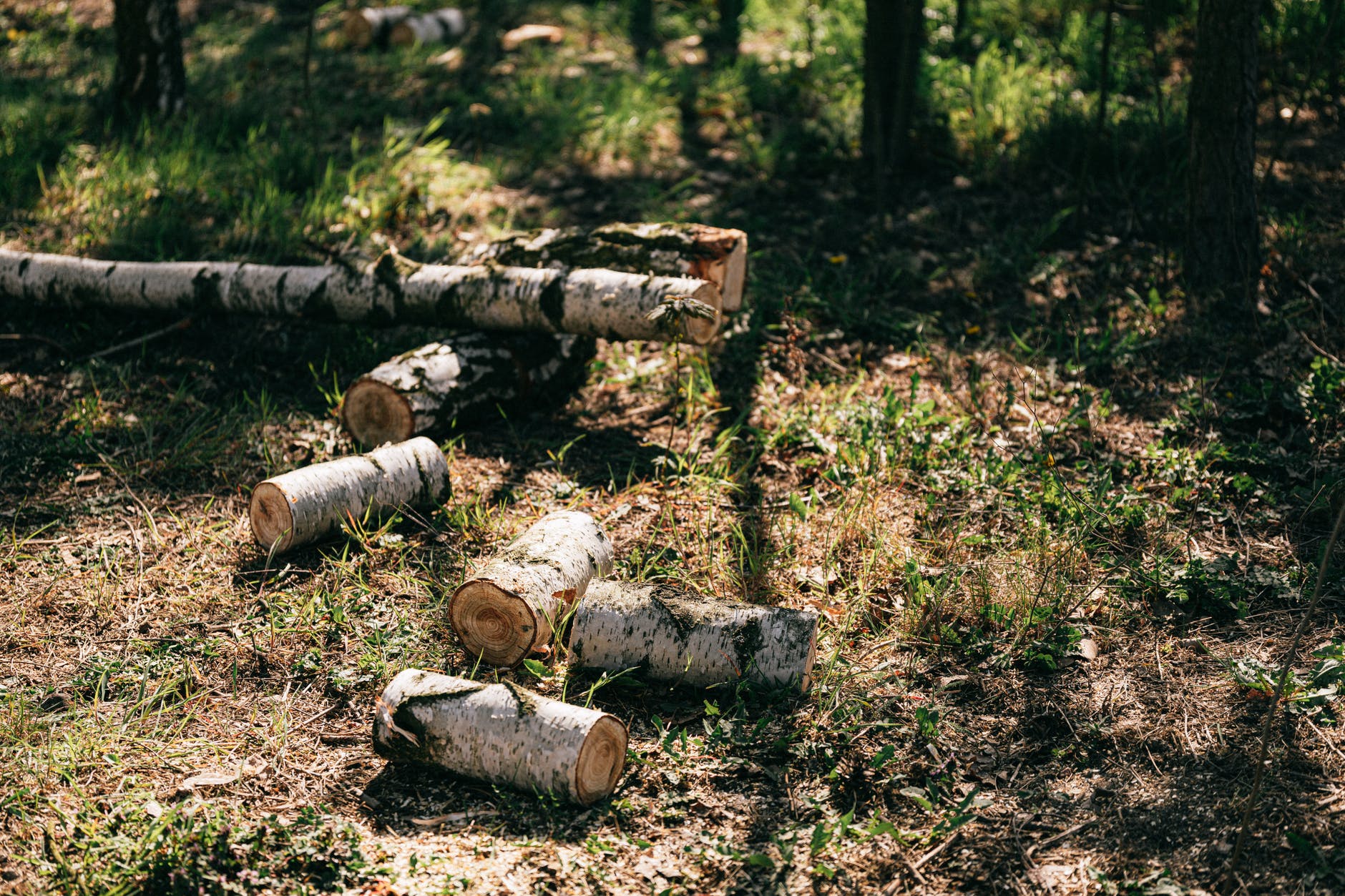Many greenkeepers joke that a golf course can either have trees or it can have grass. Obviously, that is a bit of an exaggeration, but in a way it is true. Trees and grass are both competing for the same resources, such as sunlight and airflow, on a golf course. For this reason, golf course greenkeepers regularly cut down trees on the course to promote healthy grass growth.
Healthy grass is essential to a golf course, but trees are also an important feature in a golf course’s design. Given that both have their place on the course, how do greenskeepers chose between letting trees grow vs cutting them down? Often the patrons of a golf course will oppose the changing of a golf course’s design. Cutting down trees can become a point of contentions between greenskeepers and the golfers they serve. In the article below, we will outline the pros and cons of cutting down trees on the golf course to understand when it makes sense to remove trees.
What Are The Benefits Of Cutting Down Trees?
There are multiple benefits of clearing out trees from a golf course. If you think of trees, shrubbery, and grass as competing components of a golf course, it becomes clear why cutting down non grass vegetation can be beneficial to a golf course’s health. Below we outline a list of factors that explain the benefits of cutting down trees on the golf course.
Prevent The Spread Of Tree Disease And Tree Hazard
The most common reason grounds crews cut down trees on the golf course is diseased or dead trees. Containing the spread of disease amongst trees is vital to the course’s health. If not careful watched, contained, and disposed of; tree diseases can spread like wildfire on a golf course. Trees that have died for non disease reasons also get cut down to maintain course aesthetics and prevent hazard from falling tree limbs or fire.

Increase Sun light
It’s not surprising that grass requires sunlight to grow. Areas of the course that receive little sun light may have issues growing and will often have patchy spots. If grass is not growing properly due to the neighboring tree canopy the only way to remedy this is to remove the trees causing the shade. In most cases, this will almost immediately fix the under growth of grass.

Improve Air Flow
Proper air flow is important to keep the grass surface dry. Stagnant water or constantly damp turf are prone to diseases and mold growth. Areas dense with trees can block air flow which can lead to grass disease. Adequate air flow is essential to promote healthy grass growth.
Prevent Root Damage
Root damage can wreak havoc on a golf course. As trees become larger, their roots also grow. Roots can damage cart paths, fairways, and greens. This damage can be extensive and expensive to fix. Proper planning for root damage can save a greenskeeper from large course remediation projects in the future.
Increase Speed of Play
A golf course lined with trees is typically more difficult for golfers than a course that is treeless. In many cases more trees can lead to slower playing time. Finding your ball nestled in between trees takes a sharp eye to spot. Tight courses lined with trees can significantly slow down a course’s rate of play which can be unenjoyable for golfers and limit the number of golfers able to play in a day.
What Are The Negative Effects Of Cutting Down Trees?
Removal of trees on the course is not taken lightly by greenskeepers. Trees can add a beautiful aesthetic to a golf course, make a course more challenging, and provide environmental benefits. Below we outline a list of reasons on why you should not cur down tress on a golf course.
Changes Course Design
Trees can beautify a golf course while adding an element of challenge when strategically placed. Trees can force players to modify their strategy or affect their shot. Trees are an integral part of golf course design and removal should only be down when absolutely necessary.
Soil Erosion
Greenskeepers need to be conscious of soil erosion prior to pruning back trees. High sloping areas on the golf course are especially prone to erosion. If trees are not properly removed, the removal can impact the surrounding soil in the area. Trees can help prevent soil erosion in multiple ways. Tree canopies act as a cushion for falling rain, limiting the force of the rain hitting the soil. Tree root also help limit erosion. Tree roots absorb water in the soil which limits oversaturation that can lead to runoff.

Loss of Biological Diversity
Cutting down trees, especially trees predating the golf course, can impact wildlife in the local area. Golf course greenkeepers need to ensure that changes made to the golf course flora do not negatively impact local wildlife. In many cases, you will see courses mark off wildlife areas on the courses for golfers to avoid. These protected areas are designed to promote local wildlife while
Final Thoughts
Multiple forms of vegetation need to coexist on the golf course. The best greenskeepers find the perfect balance of trees, grass, and other plant life to optimize course health and design. Hopefully you found this blog post helpful. If you liked this article, check out our other blog posts!



2 thoughts on “Why Are Golf Courses Always Cutting Down Trees?”